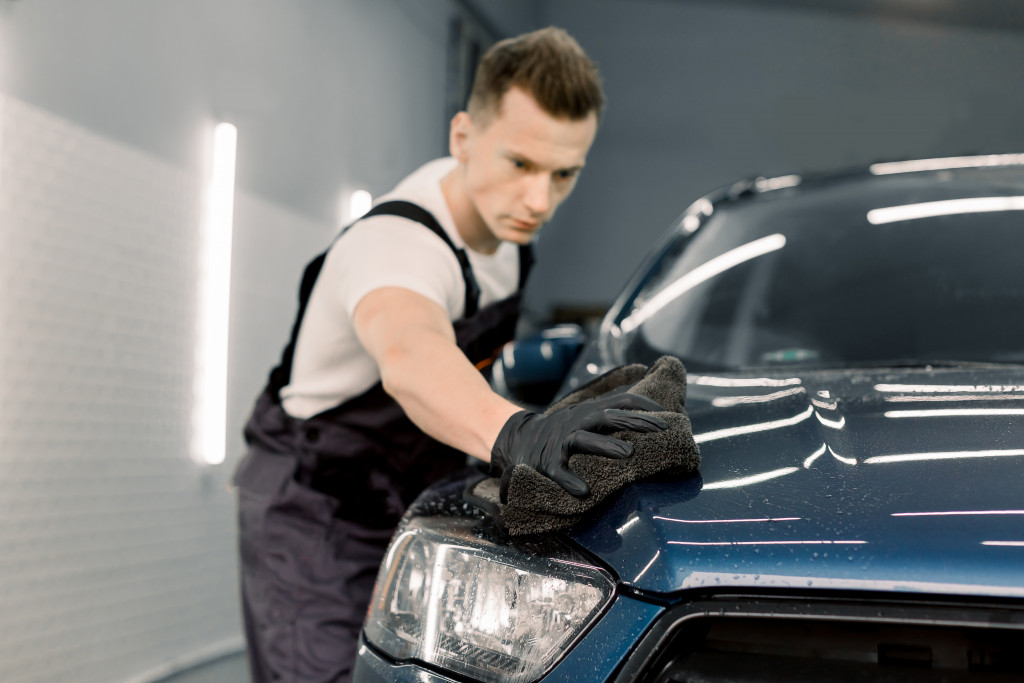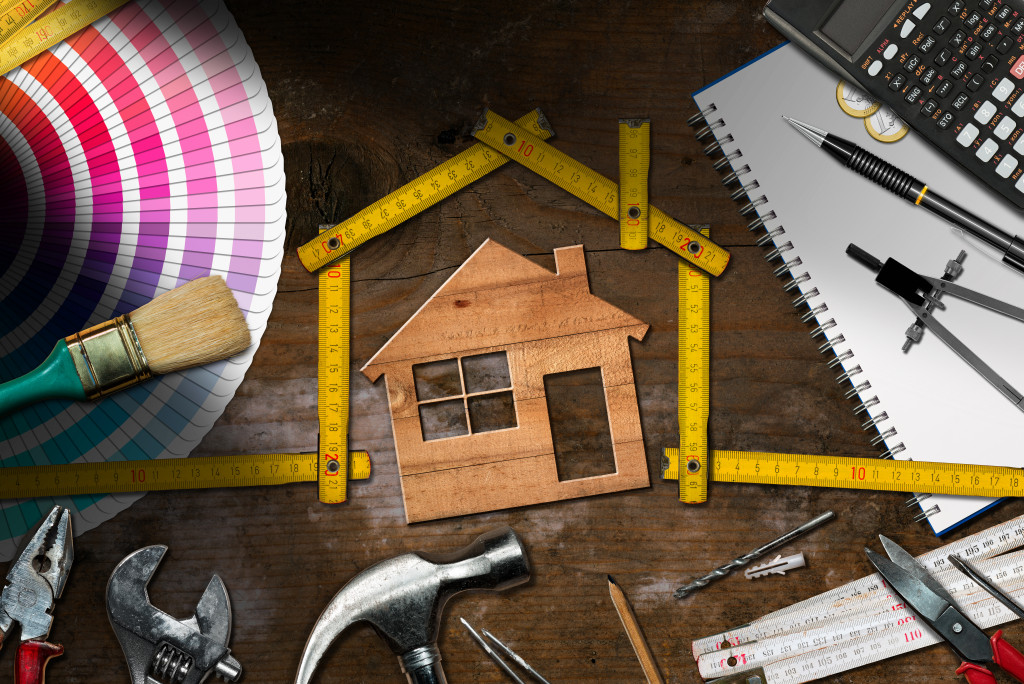Government-mandated safety regulations have been carefully made to reduce workplace injuries and fatalities. However, despite workplaces complying to these regulations, workplace-related injury is still prevalent.
In Australia, the construction industry has the highest work-related injury — for every 1000 employees, 59 suffer from work-related injury or illness. This is closely followed by manufacturing (58 per 1000 employed persons).
Although it helps to have safety signs and equipment, it’s not enough to just have safety products in the construction site. Here are the known best practices for construction site safety:
Best Practices
 The following best practices are additional tips and already assume that the standard safety regulations and minimum safety requirements have been met:
The following best practices are additional tips and already assume that the standard safety regulations and minimum safety requirements have been met:
- Safety Planning and Meeting. The first step in improving construction site safety is to meet and make plans to improve safety. Supervisors and representatives should meet regularly to discuss current and potential safety issues that need to be addressed and prevented. Safety meetings should be done and scheduled regularly to be continuously updated with regards to safety concerns. Making plans and SOPs in case of accidents should also be included in the agenda.
- Safety Training and First Aid. Although most firms have employees and workers undergo very basic safety orientation, a firm should go the extra mile and conduct actual training on workplace safety, common workplace hazards, and first aid. This would equip your workers with the proper knowledge and also make them aware of what to do during accidents and injuries. Training workers and including them in safety meetings would also boost workplace morale and trust.
- Communication. Some accidents are caused simply by miscommunication and lack of contact between workers. Key workers and supervisors should have communication devices at all times. This is not only for coordinating in case of accidents but also to update each other with their location, machinery being operated, etc. Failing to update workers that a certain area is closed off due to a safety hazard, or forgetting to announce incoming machinery or supplies could result in injuries or fatalities.
- Equipment and Tool Maintenance. Tools and equipment should always be regularly checked and maintained. Broken cables, tattered safety harnesses, or broken vehicles could result in injuries or worse. Employees using tools, vehicles, and machinery should always be reminded to check them and report and/or repair any issues immediately. Tools should also be properly stored after use. Scaffoldings and ladders should be given priority, especially in high-rise construction.
- Supervision. Having a good supervisor that keeps both productivity and safety in mind goes a long way. But, a construction firm could always opt to hire or assign a Construction Site Safety Supervisor (CSSS) that solely focuses on workplace safety.
- Accident Transparency. In the unfortunate event that an accident occurs despite all precautionary and preventive measures, a construction firm should never opt to cover-up or hide the accident. Hiding accidents would not only lower morale but also negatively affect a construction firm’s reputation. Being transparent regarding accidents, whether they lead to injury or fatality, would eventually make workers more cautious.
The goal of workplace safety regulations is to prevent accidents, injuries, and deaths. Keeping these best practices in mind would come a long way in realizing that goal.


